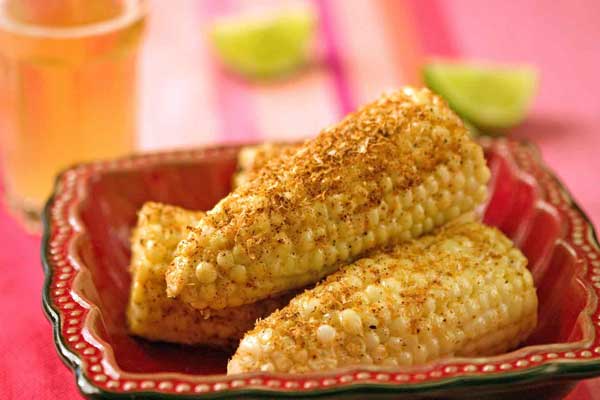Facts About Elote
Corn on the cob is a delightful, classic treat made from freshly picked sweet corn. This variety is harvested when the kernels are still tender and juicy, known as the "milk stage." To prepare it, you typically steam, boil, or roast the ears after removing the green husks. Once cooked, it's often seasoned with butter and salt and enjoyed warm. To avoid burning your fingers, you can use special skewers to hold the cob.
It's best to cook and eat corn on the cob the same day it's picked, as its natural sweetness starts to fade quickly as the sugars turn to starch. There are various ways to prepare corn on the cob: boiling, roasting, frying, or grilling. When grilling, you can either leave the husk on, shuck the corn and wrap it in foil, or place it directly on the grill. Adding butter, salt, and black pepper enhances its flavor even more.
When it comes to eating corn on the cob, there are a few tips to keep in mind for good manners. Corn cob holders are handy utensils that make it easier to eat without getting your hands messy. Historically, sweet corn was a significant food for Native American tribes and was also enjoyed by cultures such as the Maya and Indigenous Canadians.
Around the world, different regions have their own unique takes on corn on the cob. In Central and South America, "elote" is a popular version where the corn is dressed with mayonnaise, cheese, and spices. In Quebec, there's a tradition called "épluchette de blé d'Inde" where people gather to shuck and eat corn together, typically seasoning it with butter and salt.

 United States
United States